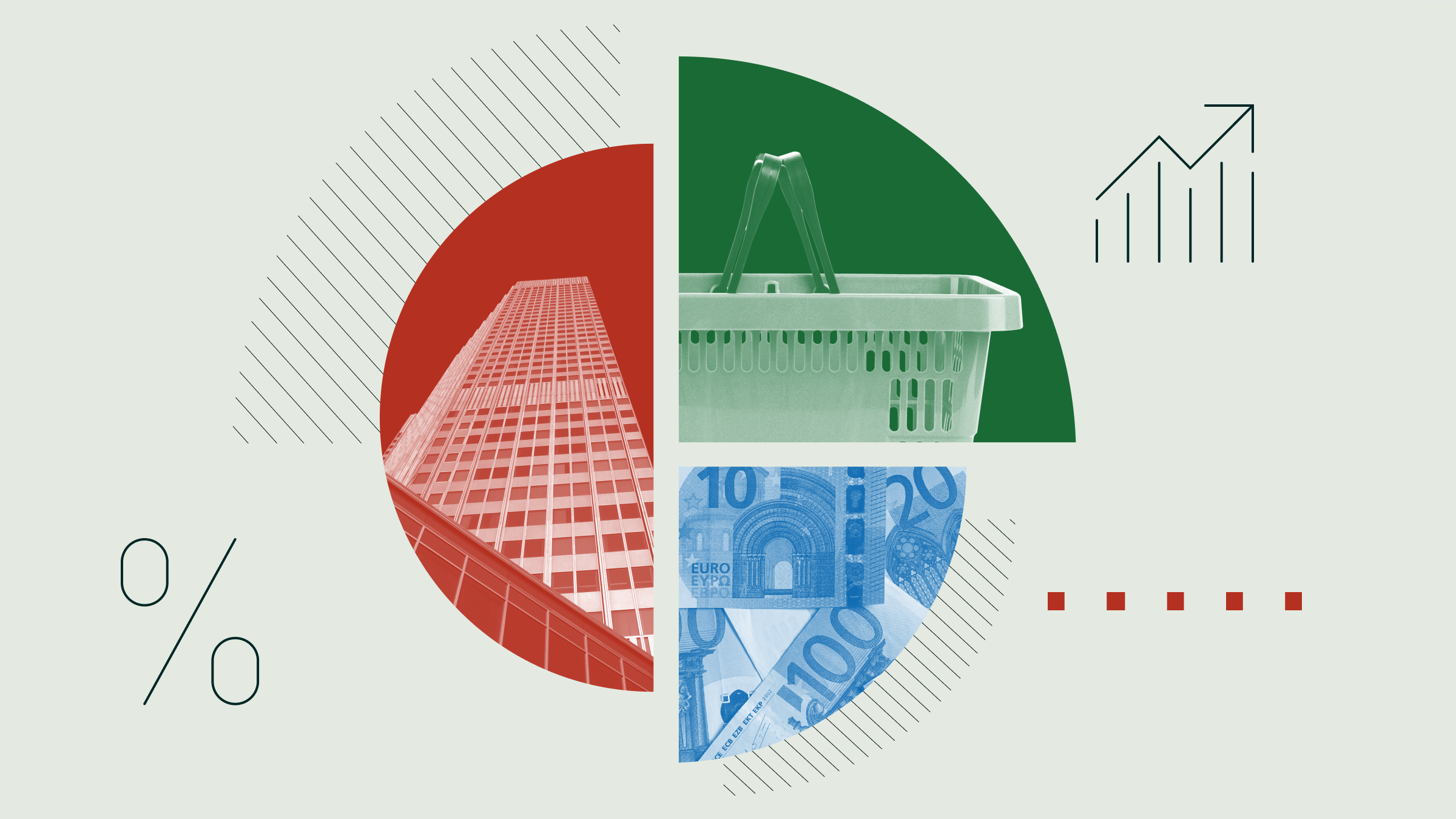
What kinds of risks do we care about? For investors, it’s most frequently material risks, the ones that can affect a company’s financials and can make you change your mind about buying a company’s stock. Increasingly, these include environmental, social, and governance risks. While investors who care about sustainability take these ESG risks into account, conventional institutional investors and the companies they invest in have also been examining ESG risks systematically. Why? Because, ultimately, these issues can present real business risk if not managed properly.
As interest in ESG data has grown, and as that data has gotten better and more reliable, investors have started focusing on what’s called ESG materiality. So, what is it, and what does it mean for the companies you invest in?
For investors, ESG materiality means the importance of particular ESG issues to the outlook of a company or an industry. It isn’t accounting materiality, as traditionally understood. Let’s look at this more closely.
What Is ESG Materiality?
According to the CFA Institute, “information is ‘material’ if its disclosure would probably have an impact on the price of a security or if reasonable investors would want to know the information before making an investment decision.”
Traditionally, this meant evaluating information about company earnings, mergers and acquisitions, product innovations, legal disputes, changes in management, economic trends, or debt ratings. If this information is timely, comes from a reliable source, and is likely to affect a company’s share price, then it should be considered material.
Over the decades, the interpretation of what is considered material to companies’ operations and financial growth has expanded to include ESG-related factors, which have been adopted by sustainable and conventional investors.
For many energy, consumer packaged goods, or utility companies, for example, environmental factors are material: How they manage issues like carbon emissions could affect their bottom line. If a company has high emissions and operates in a country where the government has introduced a carbon tax, then carbon emissions would be a material issue. Without proper management, the company’s operating costs increase. The firm may even face financial penalties.
Material ESG factors may also include corporate governance issues, such as business ethics, or social issues, like labor relations, human rights in supply chains, or product safety. For instance, Boeing’s BA quality and safety management issues with its commercial airplanes led to hundreds of millions of dollars in regulatory penalties, a decay in passenger trust, and contributed to a decline in share value. At the mining company Glencore GLEN, incidents related to business ethics issues led to an investigation of the company and a guilty plea to bribing foreign officials. A US judge ordered Glencore to pay a penalty of $700 million in 2023.
ESG risks are business risks, and the potential for ESG issues to affect company value is real. But not all risks are equal. For investors, ESG materiality shows the importance of particular ESG issues to a company or an industry. It’s another layer of information to consider when evaluating stocks and investments. (Companies report on ESG matters partly because investors, through regular meetings with companies, have asked for more disclosures. Increasingly, some of these disclosures will become mandatory.) To learn more about material ESG issues, read this.
Why Are We Hearing More About Materiality Now?
The physical impacts of climate change and the risks they pose to real assets are also causing investors to evaluate what is truly material to businesses. The strength and frequency of major weather events are increasing, acutely affecting local economies, housing, job markets, and insurance availability. Whether they are wildfires in the western US and Canada, extreme snowfall events in the Great Lakes region, or widespread flooding caused by hurricane storm surge, the impacts of a changing climate are material for companies across a wide range of sectors in one way or another.
In recent years, there has been an increase in the number of sustainable finance-focused regulations and standards, particularly in Europe. Many were created to ensure investor protection and transparency in response to increased demand for sustainable investment products and to address potential greenwashing. These regulations also support national policies addressing climate change and decarbonization goals as well as targets related to the United Nations Sustainable Development Goals.
Climate and sustainability reporting standards, such as those introduced by the International Sustainability Standards Board, are expected to be endorsed and made mandatory by many jurisdictions, including Australia, Brazil, China, Japan, and the UK, to name a few. Meaning companies operating in those regions must comply or face penalties.
What Does Materiality Mean for Your Portfolio?
With the uptick in regulations and climate impacts, investors want to avoid being caught flat-footed. To mitigate risk and protect shareholder value, both companies and investors must take a close look at which ESG issues are most relevant, or material, in order to address the full breadth of business risks that potentially put shareholder value at risk.
A version of this article first appeared on Sustainalytics.com.
The author or authors do not own shares in any securities mentioned in this article. Find out about Morningstar's editorial policies.
























